Order Perciformes Higher classification Percoidea | Phylum Chordata Scientific name Polynemidae Rank Family | |
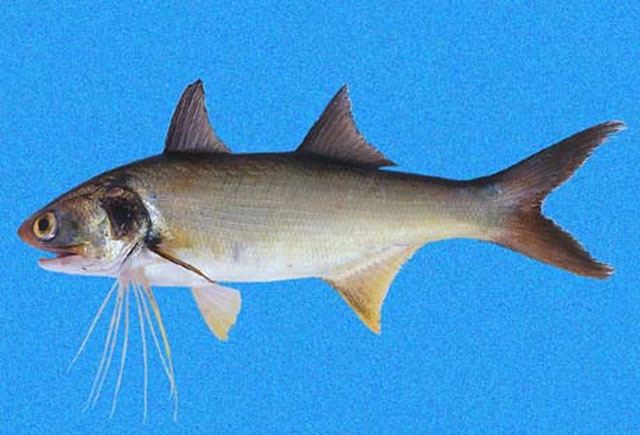 | ||
Similar | ||
Big threadfin fishing secrets on land coastfishtv ep7
Threadfins are silvery grey perciform marine fish of the family Polynemidae. Found in tropical to subtropical waters throughout the world, the threadfin family contains nine genera and 33 species. An unrelated species sometimes known by the name threadfin, Alectis indicus, is properly the Indian threadfish (family Carangidae).
Contents
- Big threadfin fishing secrets on land coastfishtv ep7
- Rawas indian salmon fish king threadfin video
- Description
- Distribution and habitat
- Reproduction
- Cuisine
- Mariculture
- Species
- References
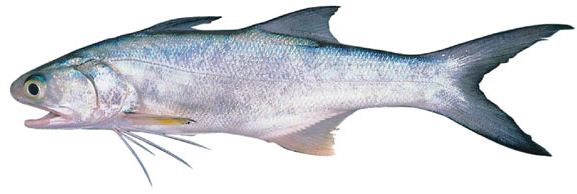
Ranging in length from 20 cm (7.9 in) in the black-finned threadfin (Polydactylus nigripinnis) to 200 cm (79 in) in fourfinger threadfins (Eleutheronema tetradactylum) and giant African threadfins (Polydactylus quadrifilis), threadfins are both important to commercial fisheries as a food fish, and popular among anglers. Their habit of forming large schools makes the threadfins a reliable and economic catch.
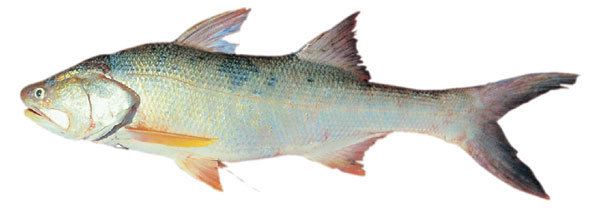
Rawas indian salmon fish king threadfin video
Description
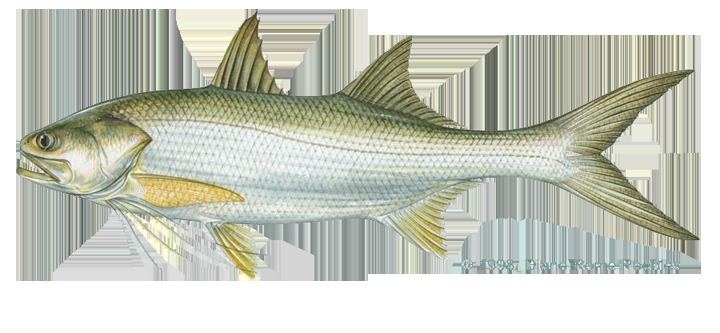
Their bodies are elongated and fusiform, with spinous and soft dorsal fins widely separated. Their tail fins are large and deeply forked; indicating speed and agility. The mouth is large and inferior; a blunt snout projects far ahead. The jaws and palate possess bands of villiform (fibrous) teeth. Their most distinguishing feature is their pectoral fins: they are composed of two distinct sections, the lower of which consists of three to seven long, thread-like independent rays. Polynemus species may have up to 15 of these modified rays.
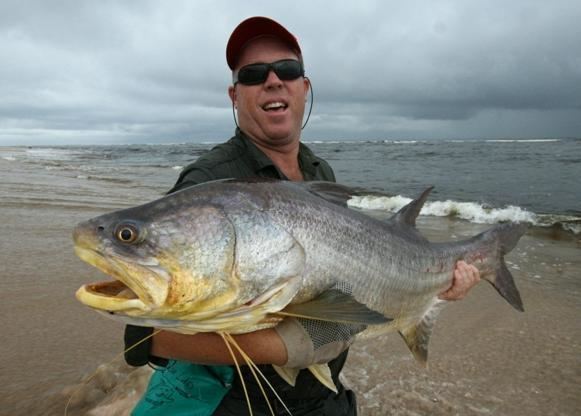
In some species, such as the royal threadfin (Pentanemus quinquarius), the thread-like rays may extend well past the tail fin. This feature explains both the common name threadfin and the family name Polynemidae, from the Greek poly meaning "many" and nema meaning "filament". Similar species, such as the mullets (family Mugilidae) and milkfish (family Chanidae) can be easily distinguished from threadfins by their lack of filamentous pectoral rays.
Distribution and habitat
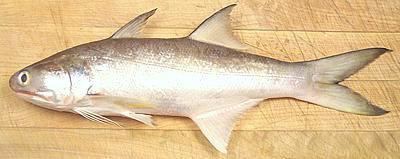
Threadfins frequent open, shallow water in areas with muddy, sandy, or silty bottoms; they are rarely seen at reefs. Their pectoral rays are thought to serve as tactile structures, helping to find prey within the sediments. Noted for being euryhaline, threadfins are able to tolerate a wide range of salinity levels. This attribute allows threadfins to enter estuaries and even rivers. They feed primarily on crustaceans and smaller fish.
Reproduction
Presumed to be pelagic spawners, threadfins probably release many tiny, buoyant eggs into the water column, which then become part of the plankton. The eggs float freely with the currents until hatching.
Cuisine
Threadfin has been used as an ingredient in creating crab stick.
Mariculture
In Hawaii, sixfinger threadfins are the subject of commercial open-ocean cage mariculture.
Species
The species in eight genera are:
